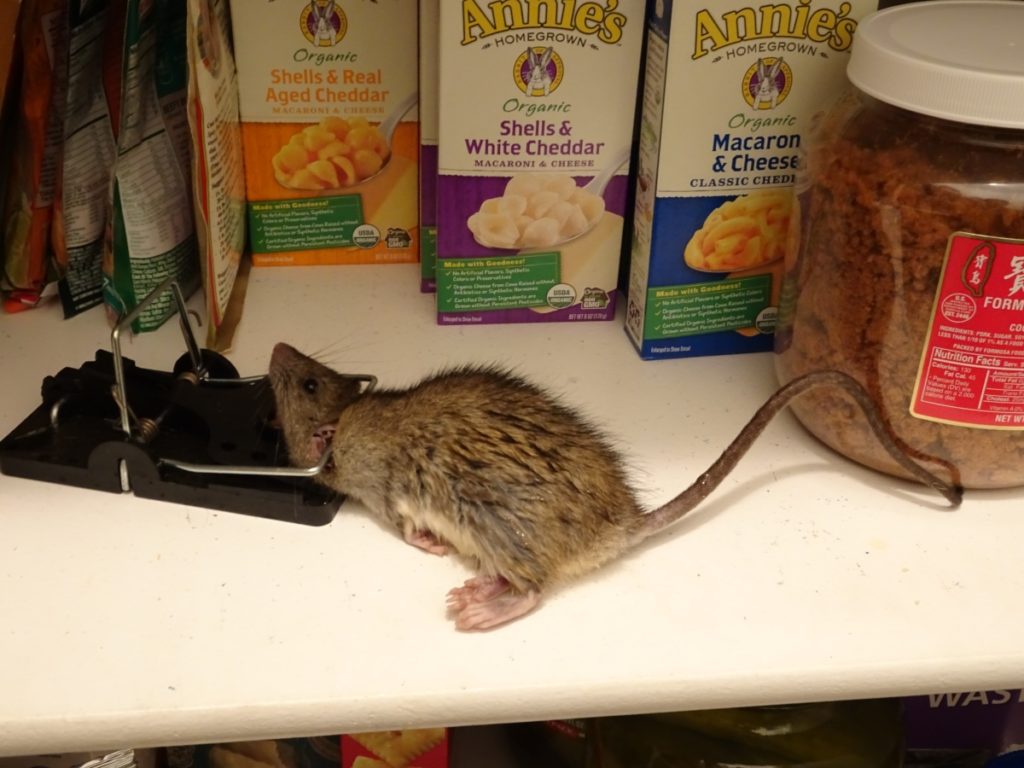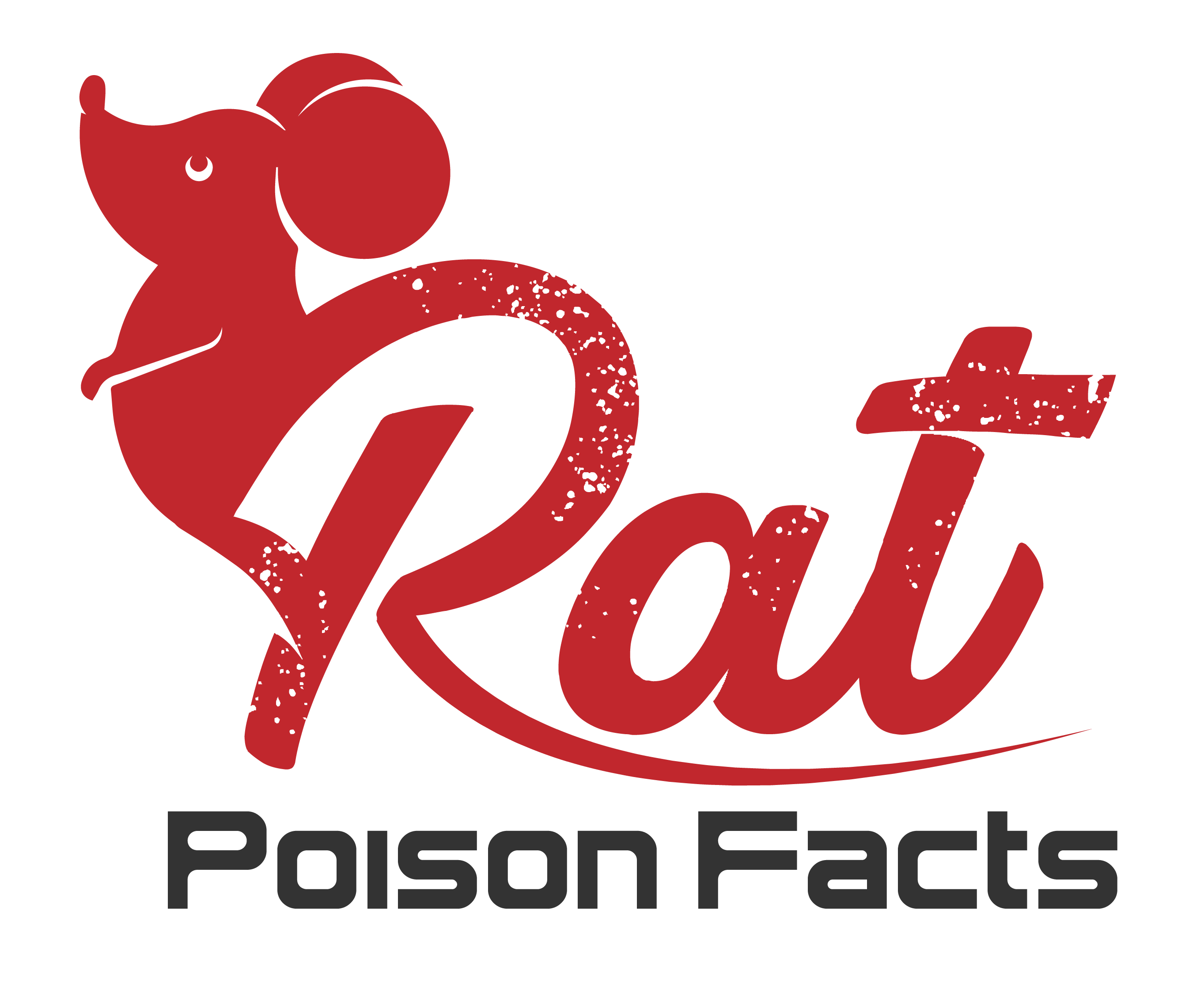
One of the main types of rat poison that you will find are those that cause death by hypercalcemia. These are sometimes called hypercalcemia rat poisons and are also known as calciferols.
Understanding How Hypercalcemia Rat Poisons Work
The main ingredient in hypercalcemia rat poisons is either cholecalciferol or ergocalciferol, vitamin D3 and vitamin D2, respectively. Vitamin D is related to the calcium levels in the body, which are important for rats as well as humans.
Rats need very small quantities of vitamins D each day, as do humans. These rat poisons work by providing the rats with significantly more vitamins D than they need. Vitamin D can be toxic if it is consumed in too high of a dose, which is common among fat-soluble vitamins.
Calcium Level Increase
Consuming the hypercalcemia rat poison will cause an increase in the calcium level or hypercalcemia in an important way. The rodenticide will increase the amount of calcium that is absorbed from food, which results in the bone-matrix-fixed calcium being mobilized into its ionized form. This ionized calcium then gets dissolved into the blood plasma and circulates.
How the Excess Calcium Affects Rodents
When the rodents consume hypercalcemia poisons and have too much calcium in their bodies, it causes a long list of negative effects. The high levels of calcium affect numerous major organs, causing the formation of calcium crystals, known as calcification, on the stomach walls, lungs, blood vessels, and kidneys.
The high levels of calcium also cause heart issues since the rodent’s myocardial tissue has sensitivity to free calcium levels. The high calcium levels can additionally lead to capillary damage that results in bleeding and even kidney failure.
Common Concentrations
Most people suggest that you only need to use hypercalcemia rat poisons onece. It is most common to have a 0.075% concentration of cholecalciferol, which is enough to kill the rat in a single dose in most cases. In some cases, death may not occur for a few days or up to a week.
When ergocalciferol is used by itself, it is typically at 0.1% concentration, which is also enough to kill a rat.
Combination with Anticoagulants
Interestingly, you will frequently find hypercalcemia rat poisons that are also anticoagulants. That is because these two types of poisons work more effectively together than separately. Phrased differently, if you combine an anticoagulant and a hypercalcemia rat poison, the resulting toxicity will be larger than the individual toxicities added together. This is known as having a synergistic relationship.
This allows rat poison manufacturers to reduce the quantities of each poison used without sacrificing toxicity and effectiveness. In fact, even reducing the quantities can sometimes lead to improved results if you also combine the hypercalcemia rat poison with the anticoagulant.
The First Combined Rat Poison
The first time that calciferol was combined with an anticoagulant was during the early 1970s with Sorexa D. At the time, it had 0.1% ergocalciferol and 0.025% warfarin. Now, the equivalent Sorexa CD has 0.075% cholecalciferol and 0.0025% difencacoum.
Hypercalcemia Poisons are a Major Risk to Pets
When hypercalcemia poisons were first introduced, they came along with claims that they were less of a risk to pets and people than other existing rat poisons. However, that is not the case, and vets are extremely wary of calciferols.
Pets Also Experience Hypercalcemia
Just like rodents develop hypercalcemia from consuming these poisons, so do dogs or cats. This leads to soft tissue becoming calcified. That, in turn, can leads to gastrointestinal problems, renal failure, hypertension, CNS depression, and cardiac abnormalities.
In pets, it typically takes about 18 to 36 hours for the first symptoms of poisoning to occur and they might include anorexia and depression. By the time these symptoms appear, the poison may have already caused permanent damage. Other symptoms at this point may include bad breath, lethargy, weakness, and increase in urination and thirst. The symptoms get worse as the concentrations increase, including a decrease in the excitability of the smooth muscles in the GI tract. That, in turn, causes anorexia, constipation, and vomiting. Within two or three days, acute kidney failure is likely.
Treatment is Available but Expensive
There is a treatment for consuming too much calciferol, known as calcitonin. This is a hormone which lowers levels of calcium in the blood. However, it is incredibly expensive and is not technically an antidote, just a drug to reduce the symptoms.
Pets who accidentally ingest hypercalcemia poisons will usually have to receive aggressive fluids for several days and have their bloodwork monitored for at least two to six weeks.
Quick Treatment Is Crucial
The thing to remember is that even consuming very small amounts of calciferols can lead to hypercalcemia or even death. As such, quick treatment is essential to recovery and to prevent kidney failure.
If you think your pet consumed any hypercalcemia poison, you need to take it to the vet right away.
Is Poison Your Best Choice?
You may be tempted to choose to take care of your rodent problem with poison for a few reasons. It is easy to set out and you do not have to be physically involved in the death of the rodent.
In reality, no expert-recommended method of killing rats would require you to be physically involved. At most, you would lay out traps and collect them.
Finding the Rats
One of the biggest points against using hypercalcemia rat poison or another rodenticide is that you cannot control where the rat dies. It will likely go into a hard-to-reach area to die (see Where do Rats go to Die?) after suffering. This means that you will have to find where the rat died before the carcass starts smelling and attracting flies.
Health Risks
Of course, the health risks of hypercalcemia to humans and pets are also a serious concern. There are few cases of issues for humans, but it is still theoretically possible. Given the incredibly short timeframe to take action, anyone with any doubts about their pets potentially consuming poison should avoid it.
Instead, consider snap traps or ask a professional for other recommendations.
